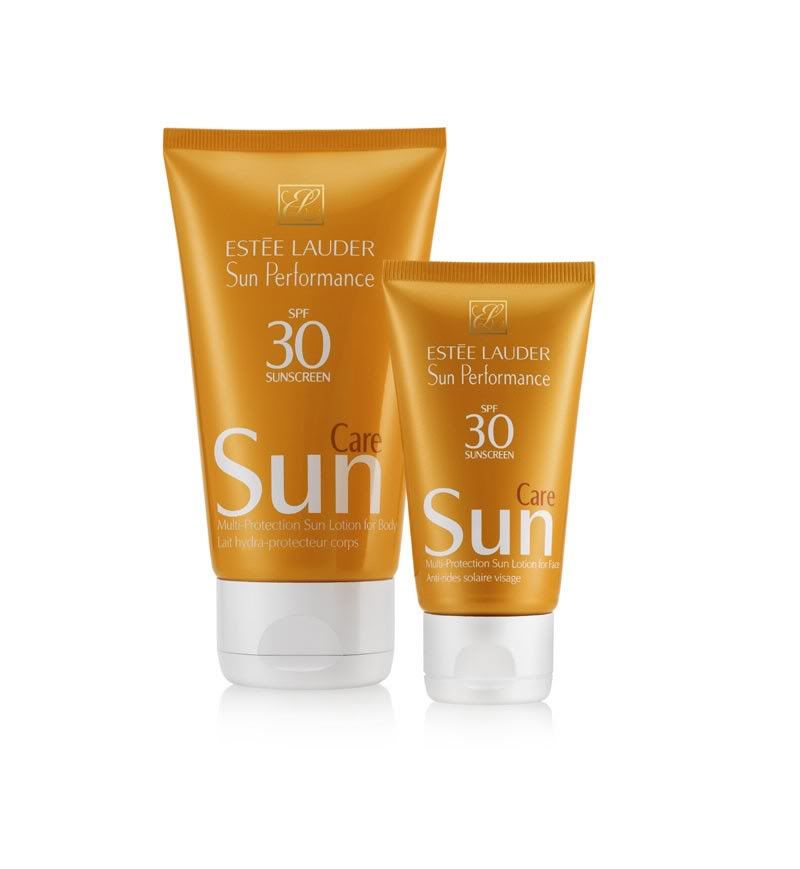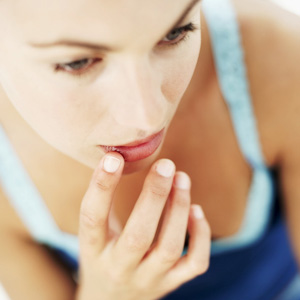Top 10 Winter Skin Care Myths
 1. MYTH: The thicker the cream, the better it hydrates.
1. MYTH: The thicker the cream, the better it hydrates.
TRUTH: "Concentrated doesn't necessarily equal optimum hydration," says Annet King, director of training and development for the International Dermal Institute. "An overdose of lipids can actually trap dead cells and leave skin looking duller." King suggests layering serums under creams in order to boost moisture. Skin expert Sonia Dakar agrees: "Serums are light, yet have super concentrated ingredients — ideal for absorption."
2. MYTH: Overcast skies mean you can cut back on sunscreen.
TRUTH: Hardly. As a depleting ozone has led to stronger UVB burning rays, SPF is now a year-round endeavor. And clouds do little to filter out wrinkle-accelerating UVA rays. Come cooler, drier weather, find a daily moisturizer with a broad-spectrum SPF 15 (or higher) to hydrate and protect. "You can enhance your sun protection exponentially by using an antioxidant-rich serum underneath your moisturizer," says Washington, D.C., dermatologist Dr. Cheryl Burgess.
3.MYTH: Oily skin can forgo moisturizer.
TRUTH: Dry, cold climates wear on all skin types, even oily. And without some added protection, barrier function (which keeps pollution and other damaging elements out and moisture in) gets compromised. If your skin is super oily, you can get by with a gel-cream or lotion formula. For true combination skin, use different moisturizers for different areas: a light formula for your T-zone and a richer one for cheeks that get dry, patchy spots.
4. MYTH: Exfoliating in winter exacerbates dry patches.
TRUTH: "The sloughing in fact causes a burst of cell renewal, so you're helping new moisture-rich cells move to the surface," says King. The key in winter is to moisturize thoroughly — occasionally with a hydrating mask — as your skin barrier is weakened after exfoliating. Adds Dakar: "Enzyme-based exfoliants will deliver results in a more gentle way."
5. MYTH: Loading up on lip balms prevents chapping.
TRUTH: Only if it's the right balm. Some common ingredients can actually have an adverse effect. Mineral oil (petroleum jelly) creates an artificial film on your lips, signaling your skin to stop producing lipids, while funky flavors, perfumes, and colors can also dry out skin. King suggests seeking natural-oil-infused balms or those with shea and cocoa butter. "To get rid of flaky patches, apply a little facial exfoliant to damp lips (a soft toothbrush also does the trick), scrub gently, then follow with balm," she says. Wait till spring to resume use of lip plumpers and super-long-lasting formulas that dry out your pout.
6. MYTH: Steamy showers impart moisture to dry skin.
TRUTH: "Even though they feel great on a bone-chilling day, hot showers and baths are extremely drying," says New Jersey dermatologist Dr. Robin Ashinoff. Exposure to hot water with temperatures over 98.6 degrees causes blood-vessel dilation that results in water loss throughout the epidermis. If you crave heat, keep it under five minutes, and stick with a soap-free body wash instead of bar soap or anything highly perfumed. Pat — don't rub — your skin dry, and moisturize while it's still damp to help your cream penetrate.
7. MYTH: Your skin will benefit if you stay indoors as much as possible.
TRUTH: True, extreme cold temperatures do suck the moisture from your skin. But retreating indoors, where central heating is pumped to the max, can leave your derm equally parched. So enjoy the fresh air and winter sports, and then do what you can to add moisture to the air at home. A humidifier can help — especially at night, when, combined with a night cream, skin is more apt to drink in moisture. A humidifier can also defrizz staticky winter "hat hair." Dakar recommends adding a teaspoon of tea-tree oil to the water tank to clean it every few days and prevent mold.
8. MYTH: Let winter-ravaged skin hibernate — cut back on pro treatments.
TRUTH: Actually, winter is one of the best times to start in-office laser treatments like hair removal, as pre-laser skin shouldn't be at all tanned, and post-laser skin won't tolerate sun exposure. But if it's red and irritated from a long ski weekend, moisturize accordingly (see Myth 9 regarding windburns). Immediately following laser treatments, apply anti-inflammatory creams to boost skin's recovery capability.
9. MYTH: Windburn gives your skin a natural, healthy, desirable glow.
TRUTH: Depends whether you consider broken capillaries in the cheeks "desirable" — which is what regular exposure to harsh wind can do. The worst-case scenario is that it leads to permanent redness (a.k.a. rosacea). "Sensitive skin is especially susceptible to windburn," says King. "So before heading outdoors, load up on a protective-barrier moisturizer and cover up with a scarf. If you do get burned, calm and soothe with gentle cream cleansers and balm-like moisturizers until your skin calms down." Needless to say, it's better to get the fresh-off-the-slopes flush from a good blush.
10. MYTH: Extra layers of high-tech clothing are a cold-climate must.
TRUTH: While warmth is obviously a necessity when temps plummet, some nylon and polyester fabrics can cause unsightly bumps, clogged pores, and even ingrown hairs when they trap dead cells, oils, and sweat. Better to wear natural fabrics — especially inner layers that touch your skin — and moisturize head to toe, morning and night. "Shea butter is ideal, since it's a natural antioxidant as well as a moisturizing agent," says Dakar. Also consider face and neck creams with humectants like aloe, hyaluronic acid, and lactic acid.
Posted at 10:02 AM | Labels: skin care myths, winter skin care, winter skin care truth, winter skincare |

1 comments:
I liked this article because it has defined nicely the truth and myths.Even my doubts are cleared by this article.The glowing skin is the real ornament on person.
Thanks
----------
Esthetics College
Post a Comment